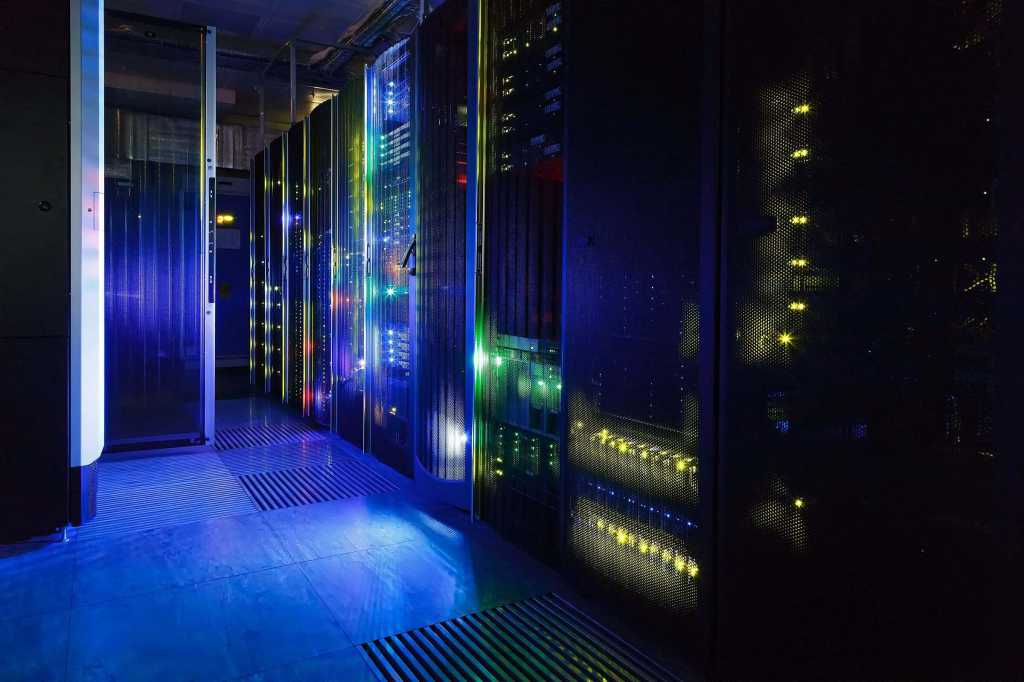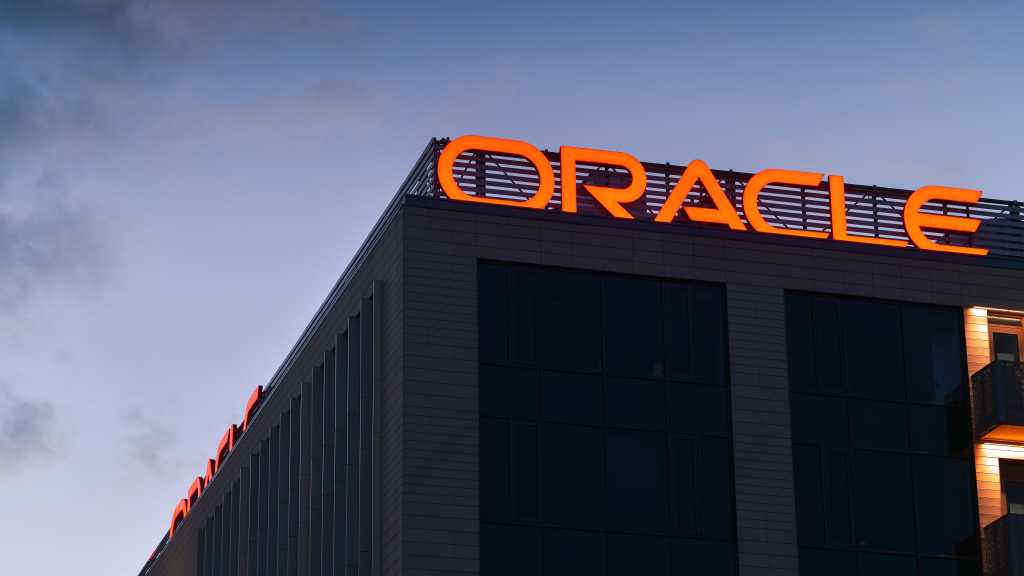The Scottish government has unveiled a £3.4 million investment in the country’s hydrogen economy across 11 projects.
Acting Net Zero Cabinet Secretary Gillian Martin said: “Hydrogen stands as a critical pillar of Scotland’s route to net zero by 2045, but also, alongside the development of our offshore wind capacity, as one of Scotland’s greatest industrial opportunities since the discovery of oil and gas in the North Sea.”
The public funds are set to back green hydrogen projects, support Scotland’s green energy supply chain and “enhance hydrogen transport and storage infrastructure”, a government statement outlined.
The announcement follows a move from September in which the Holyrood government invited projects to apply for a match-funding grant award of up to 50%, to the maximum value of £2 million.
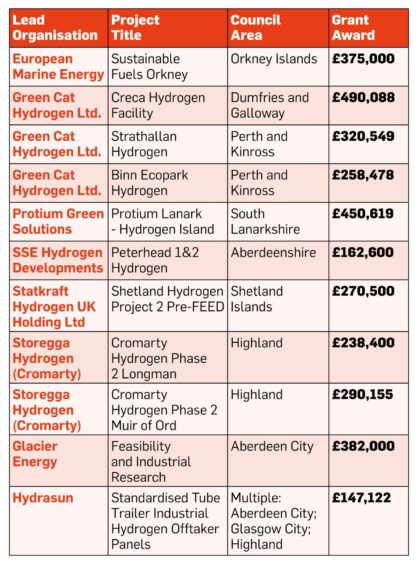 © Supplied by Clarke Cooper/DCTM
© Supplied by Clarke Cooper/DCTMA total of 18 projects were shortlisted and submitted a full application to the Aberdeen-based Scottish Enterprise.
Martin added: “We are working to build a hydrogen economy in which the benefits of our energy transition are shared, and which harnesses the full potential of our skilled people, our worldclass industries, and our natural resources.”
Projects from across the country were successful, with the Highlands being named as a location in three of the winning bids.
Aberdeen was mentioned in the successful applications from Glacier Energy and Hydrasun with SSE listing the surrounding council district as the location of its Peterhead 1 and 2 Hydrogen projects.
Hydrogen training site opens in Fife
This comes as SGN announced the opening of the UK’s first hydrogen training centre for gas engineers, an initiative carried out in partnership with Fife College.
The facility at Fife College’s Levenmouth Campus aims to train over 100 ‘Gas Safe’ registered engineers this year.
SGN has said that this is “essential for the engineers who will be involved in SGN’s green hydrogen trial”, which will see hydrogen boilers installed in the region. This initiative is called H100 Fife.
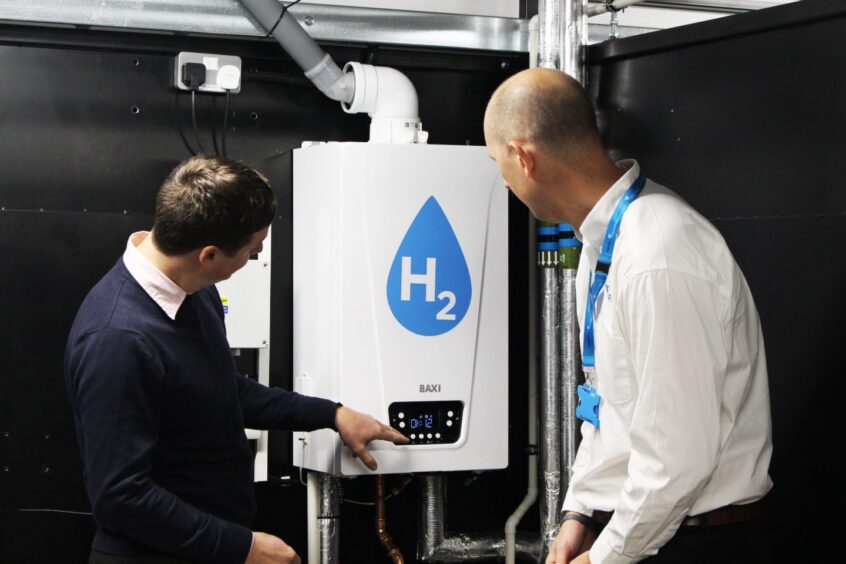 © Supplied by SGN
© Supplied by SGNGary Smith, General Secretary of GMB, backed the new training site. Smith commented: “The opening of this hydrogen training centre is a milestone for the gas industry and its workforce.
“As we transition to a net-zero economy, it’s vital that we not only protect jobs but also ensure that workers are upskilled for the future.”
However, the safety of the H100 project has previously been questioned by energy experts.
Tom Baxter, a lecturer in the department of engineering at the University of Aberdeen, previously told Energy Voice: “To make hydrogen safe as natural gas you have to put in extra equipment, a component like a flush excess flow valve.”
He added that “hydrogen’s much more explosive than natural gas”.
The Scottish Government’s H2 plans
The Scottish Government set a target of 5GW of hydrogen production capacity by 2030 and 25 GW by 2045 under its Hydrogen Action Plan, which was published in 2022 under then cabinet secretary for net zero, energy and transport, Michael Matheson.
Speaking at a Holyrood debate on the future of hydrogen in Scotland, the acting cabinet secretary commented: “A just transition remains at the heart of our approach, and we are determined that no community, particularly those which have powered our economy for generations, will be left behind as we move away from burning fossil fuels towards a low carbon energy system.”
Martin has been a supporter of hydrogen for some time, having previously described the fuel source as one of the “greatest industrial opportunities since oil and gas” for Scotland.
She made these comments following the publication of the Scottish Government’s hydrogen export plan.
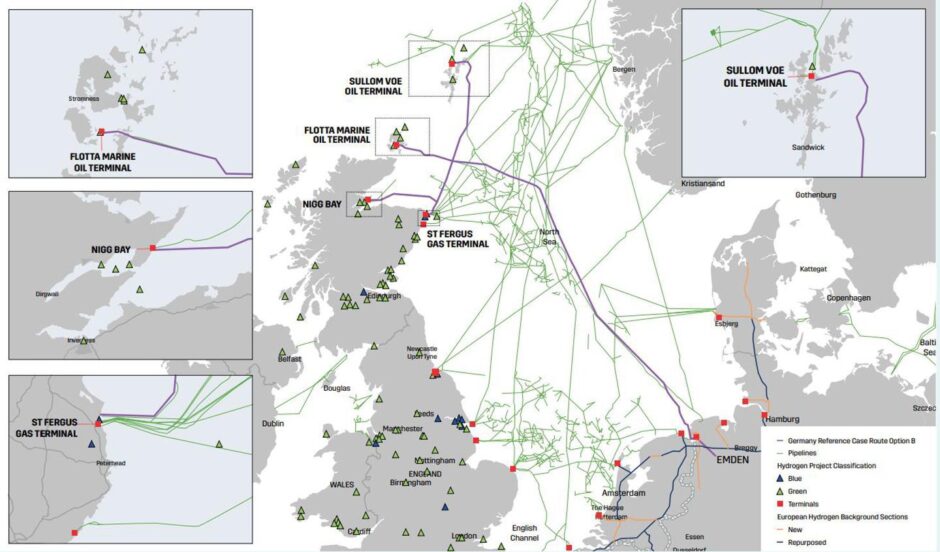 © Supplied by NZTC
© Supplied by NZTCShe previously claimed that “Scotland could produce up to 3.3 million tonnes of green hydrogen per year by 2045”.
Currently, the Net Zero Technology Centre (NZTC) is working on a pipeline to export the fuel source from Scotland to mainland Europe.
Last year, the NZTC produced a report which focused on infrastructure, long-term investment, and technology that can enable energy hubs in “key locations” across Scotland.
Under the recommendations of the ‘Energy Hubs: Fill the Backbone’ report, the organisation said that Scotland could produce up to 35 GW of hydrogen by 2045.



